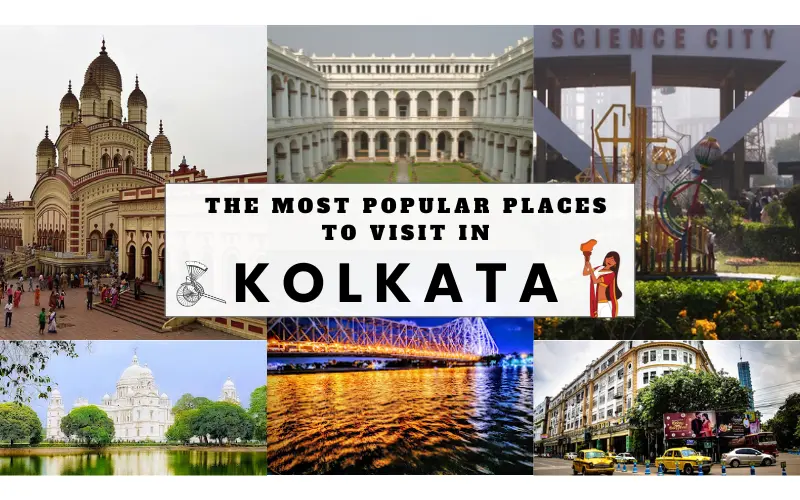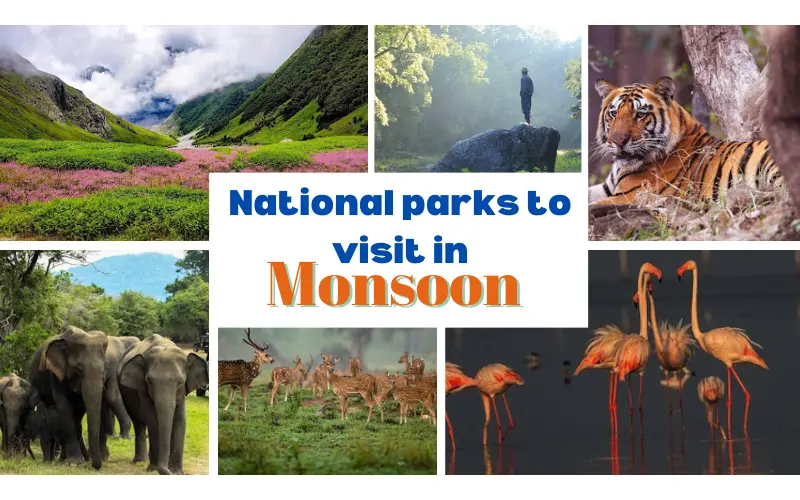Over the past few years, travelling was restricted due to government restrictions. The pandemic fully closed many national and international borders, which had an impact on the tourism sector. The borders have been opened, things have calmed down, and people are eager to travel and discover new locations. Here are some of the top travel trends in 2023.
Popular Travel Trends In 2023
- Off-Grid Travel
Off-grid experiences are one of the latest travel trends in 2023. Off-grid travel means not using any public services like water supply, phone signal, gas, and electric power. The majority of people want to reconnect with nature and disconnect from their distractions, demanding jobs, and busy lives. Hiking, camping, and eco-tours will continue to grow in popularity in 2023, and it is also promoted as a sustainable way of avoiding crowds and connecting with ourselves.
- Nostalgic Travels
Nostalgic travel is about revisiting the good old days. Visiting places like where one grew up, and other places that were frequently visited with the family as a child. For many years, International travels were quite popular, and domestic vacations became boring. But the mindset has changed drastically and right now, the interest rate for small towns and coastal towns are gaining popularity.
- Cultural Experiences
There are more than 3,800 cultures in the world. Over the past few years, social media has helped us show various cultures and their unique traditions that got the attention of travellers. Many travellers are showing interest in experiencing new cultures, and traditions and they want to be pushed out of their comfort zone.
- Wellness Travels
Whenever we travel to some destination, it is quite common that we come back home extremely tired, but wellness retreats allow you to come home feeling more refreshed and relaxed. The popularity of meditation, mindfulness, health, and spirituality has grown. Wellness retreats across the world are offering various methods like ancient healing treatments, and methods to be a better version of yourself.
- Bucket-List Trips
We all have dream destinations that we want to visit someday and make our dream a reality. Since the international borders have been opened, many tourists are preparing to visit new locations that are on their bucket lists and cross off items like eating local cuisine and taking part in other unusual traditions.
- Streaming Service-Inspired Trips
In many movies, and TV shows we have seen some breath-taking places. Many people are inspired to visit the destinations that were shown in movies or series. Because of this new trend, many places in Himachal Pradesh, Ladakh, and Rajasthan, and countries like Greece, Macedonia, Turkey, and London are experiencing a huge rise in the tourism industry.
- Hidden Gems
Most of the time we visit some popular tourist spots in a city. But some hidden gems are extremely outstanding and not many people may know about them. That is why in the year 2023, there will be rapid growth to explore the hidden gems in a particular place. By exploring hidden gems, the places will also get recognition and we must cherish all types of travel.
Conclusion:
Travelling will be a major priority in 2023, and these new travel trends will inspire you to plan your trips and explore new places that are either on your bucket list or you can choose for off-grid travel that will help you connect back with nature.





























